Fujiden Asakusa: Tokyo’s Hidden Gem for Authentic Okonomiyaki & Monjayaki
Nestled in the historic district of Asakusa, Fujiden (ふじでん) has established itself as a beloved destination for both locals and tourists seeking an authentic taste of two iconic Japanese comfort foods: okonomiyaki and monjayaki. While sushi and ramen often dominate international perceptions of Japanese cuisine, these savory “Japanese pancakes” offer a deliciously interactive dining experience that reveals a different, more playful dimension of Japan’s rich food culture.
Quick Guide: Fujiden specializes in Okonomiyaki (お好み焼き) – savory pancakes filled with cabbage and various ingredients, and Monjayaki (もんじゃ焼き) – a runnier Tokyo specialty cooked directly on a hot griddle at your table. These dishes represent the perfect blend of casual, communal Japanese dining traditions.
What Makes Fujiden Special?
In a city with countless dining options, Fujiden stands out for several compelling reasons:
Authentic Recipes with a Master’s Touch
The chefs at Fujiden have perfected their craft through years of experience, creating the ideal balance of flavors and textures that define great okonomiyaki and monjayaki. Their batter recipes, sauce blends, and cooking techniques have been refined to achieve the perfect consistency – crispy on the outside, tender inside for okonomiyaki, and the distinctively soft, almost melting texture of authentic monjayaki.
Prime Location in Historic Asakusa
Located just minutes from the iconic Sensoji Temple, Fujiden offers visitors the chance to combine cultural sightseeing with culinary exploration. The restaurant’s traditional atmosphere harmonizes perfectly with Asakusa’s old Tokyo charm, creating a seamless cultural experience.
Accessible for International Guests
Unlike many traditional Japanese eateries, Fujiden has embraced international tourism while maintaining authenticity. The staff offers helpful guidance in basic English, picture menus make ordering straightforward, and the interactive nature of the dining experience transcends language barriers – making it an ideal introduction to Japanese food culture for visitors.
Understanding Okonomiyaki & Monjayaki: Japan’s Beloved “As You Like It” Dishes
To truly appreciate your dining experience at Fujiden, it helps to understand the cultural significance and unique characteristics of these distinctive Japanese foods:
Okonomiyaki: The Savory Pancake with Endless Variations
The name “okonomiyaki” literally translates to “grilled as you like it,” reflecting the customizable nature of this beloved dish. At its core, okonomiyaki consists of a wheat flour batter mixed with shredded cabbage, eggs, and various ingredients of choice, grilled on a flat iron teppan and topped with special okonomiyaki sauce, Japanese mayonnaise, dried seaweed flakes, and bonito flakes.
Regional variations abound throughout Japan, with the two major styles being:
- Kansai/Osaka-style: All ingredients mixed together before cooking – the style that Fujiden primarily serves
- Hiroshima-style: Ingredients layered with noodles during cooking
Monjayaki: Tokyo’s Unique Specialty
Monjayaki is distinctively associated with Tokyo culture, particularly the shitamachi (downtown) areas like Asakusa. Unlike the more pancake-like okonomiyaki, monjayaki has a much thinner, more liquid batter that creates a different cooking experience. The ingredients are chopped finely, mixed with the runny batter, and cooked on the hot grill where it develops a slight crispness while maintaining a soft, almost gooey texture.
What makes monjayaki special is not just its unique texture, but the communal, interactive eating style: diners typically cook it themselves at the table and eat it hot off the grill using small metal spatulas provided specifically for this purpose. This creates an atmosphere of shared fun that embodies the Japanese concept of wa (harmony) in dining.
Both dishes reflect the Japanese culinary philosophy of utilizing simple, fresh ingredients to create depth of flavor, with the added cultural element of communal preparation and dining – breaking down formal barriers and creating connections through food.
The Fujiden Experience: What to Expect
Visiting Fujiden offers more than just a meal – it’s an immersive cultural experience. Here’s what you can expect:
The Setting
The restaurant features the traditional teppan-table setup, where each table has a built-in flat iron griddle where your food will be prepared. The interior balances contemporary comfort with traditional Japanese elements – creating an atmosphere that’s both authentic and welcoming for international visitors.
Signature Dishes
While the menu offers various options, these standout choices are particularly recommended for first-time visitors:
- Fujiden Special Okonomiyaki: Their signature version featuring a perfect balance of seafood and pork belly
- Mentaiko Cheese Okonomiyaki: A flavorful combination of spicy cod roe and melted cheese
- Classic Tokyo Monjayaki: The traditional recipe with the ideal texture and flavor profile
- Seafood Deluxe Monjayaki: Loaded with fresh shrimp, squid, and scallops
Complement your meal with Fujiden’s selection of Japanese beers, sake, or shochu – traditional alcoholic beverages that pair perfectly with these savory dishes.
How to Enjoy Okonomiyaki & Monjayaki Like a Local
One of the most unique aspects of dining at Fujiden is the interactive cooking experience. While the staff will happily assist you, learning to cook these dishes yourself adds to the authentic experience:
Cooking Okonomiyaki
The staff will bring a bowl with the mixed ingredients. Pour it onto the hot teppan in a circular shape.
Let it cook for about 3-4 minutes until the bottom is golden brown.
Flip it with the spatulas provided (this is the trickiest part – don’t worry if it breaks a bit!).
Cook another 3-4 minutes, then add the toppings: drizzle with okonomiyaki sauce, add lines of mayonnaise, and sprinkle with aonori (seaweed flakes) and bonito flakes.
Cut into slices with the edge of your spatula and enjoy while hot!
Cooking Monjayaki
Create a ring with the solid ingredients on the hot teppan, pouring any liquid ingredients in the center.
Chop and mix the ingredients as they cook, gradually breaking down the ring.
Create a well in the center and pour in the liquid batter.
Mix everything together until it reaches a silky, slightly bubbling consistency.
Spread it thinly across the grill and let it crisp slightly before eating directly from the grill with your small metal spatula.
Cultural Insight: The interactive nature of cooking and eating these dishes makes them perfect for socializing. In Japan, teppanyaki-style dining creates a relaxed atmosphere where conversation flows naturally as everyone participates in the cooking process. It’s common to see Japanese friends or colleagues bonding over the shared experience of preparing and enjoying okonomiyaki or monjayaki together.
The Cultural Significance of Okonomiyaki & Monjayaki
These dishes represent more than just delicious comfort food; they reflect important aspects of Japanese food culture:
Origins and History
Okonomiyaki evolved from a simple snack called funoyaki in the pre-war period to become a staple comfort food during post-war scarcity, when rice was limited and flour-based alternatives gained popularity. Monjayaki similarly developed in Tokyo, particularly becoming associated with the shitamachi working-class neighborhoods.
Regional Identity and Pride
Just as Americans might debate the merits of Chicago vs. New York pizza, Japanese people maintain friendly rivalries about okonomiyaki styles between regions. Tokyo’s monjayaki represents local culinary pride for Tokyoites, especially those from traditional areas like Asakusa.
Communal Dining Values
The shared cooking experience embodies the Japanese cultural value of eating as a bonding activity. Unlike formal kaiseki dining, okonomiyaki and monjayaki restaurants create an atmosphere where barriers dissolve and connections form through the shared joy of cooking and eating together.
Tips for Visiting Fujiden
To make the most of your experience at this beloved Asakusa institution:
Timing Your Visit
Fujiden can get quite busy, especially during lunch hours and weekends. For a more relaxed experience, consider visiting on weekdays or during mid-afternoon hours. If you’re planning to go during peak times, making a reservation is recommended.
Navigating the Menu
First-timers might want to try both an okonomiyaki and a monjayaki to compare the different styles. The staff can recommend portion sizes based on your group size – typically one okonomiyaki is enough for 1-2 people depending on appetite.
Dietary Considerations
While traditional recipes contain dashi (fish stock), Fujiden can accommodate some dietary restrictions with advance notice. Vegetarian options are available, though strict vegans might find choices more limited due to the ubiquity of egg in these dishes.
Exploring Asakusa: The Perfect Setting for Cultural Dining
Fujiden’s location in Asakusa makes it an ideal addition to a day exploring one of Tokyo’s most historically and culturally significant districts:
Suggested Itinerary
Start your Asakusa adventure at Kaminarimon Gate, walking through the bustling Nakamise Shopping Street to reach the magnificent Sensoji Temple. After exploring the temple grounds and nearby Asakusa Shrine, head to Fujiden for lunch or early dinner. Following your meal, consider strolling along the nearby Sumida River for picturesque views of the Tokyo Skytree, or exploring the neighborhood’s traditional craft shops and street food stalls.
This combination of iconic sightseeing with authentic local dining creates a perfect immersion into traditional Japanese culture – experiencing both its sacred spaces and its everyday pleasures within the same historic district.
Planning Your Visit
Located in Asakusa, Tokyo
Typically open 11:30 AM – 10:00 PM (Hours may vary)
Closed on Wednesdays
Nearest station: Asakusa Station (multiple lines)
For the most current information on hours, reservations, and special menu items, check their website or contact them directly. The restaurant is approximately a 7-minute walk from Asakusa Station, making it easily accessible while exploring this historic district.
Final Thoughts: A Taste of Everyday Japan
While high-end sushi and elaborate kaiseki meals represent one facet of Japanese cuisine, dishes like okonomiyaki and monjayaki offer insight into the warm, playful side of Japan’s food culture – the kind of cooking that brings people together in homes and neighborhood restaurants across the country.
Fujiden provides not just a meal but a window into Japanese social customs, cooking techniques, and flavor profiles that have evolved over generations. The interactive nature of the dining experience creates lasting memories that go beyond mere eating, offering a deeper connection to Japanese culture through the universal language of food.
Whether you’re a dedicated foodie seeking authentic local specialties or a curious traveler wanting to experience Japanese culture beyond the typical tourist attractions, Fujiden offers a delicious entry point into the heart of Tokyo’s culinary traditions – one sizzling bite at a time.
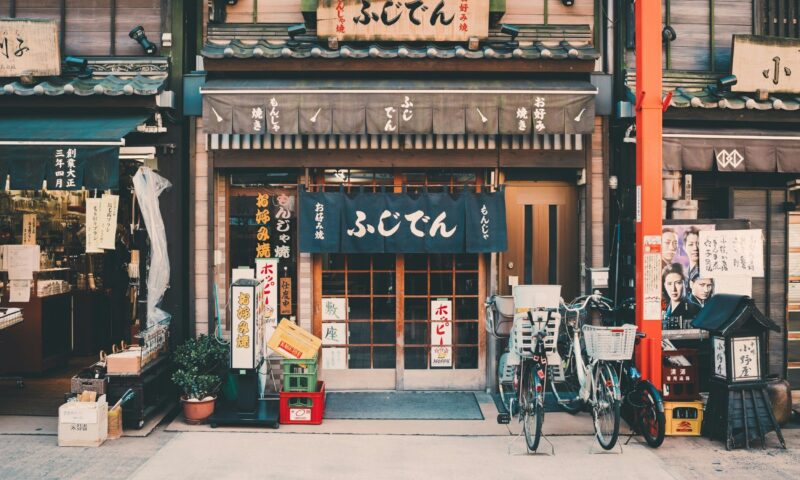
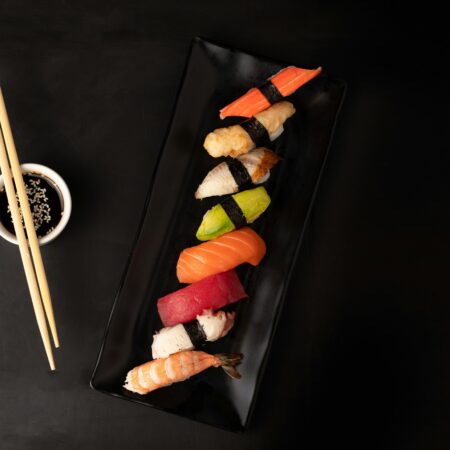
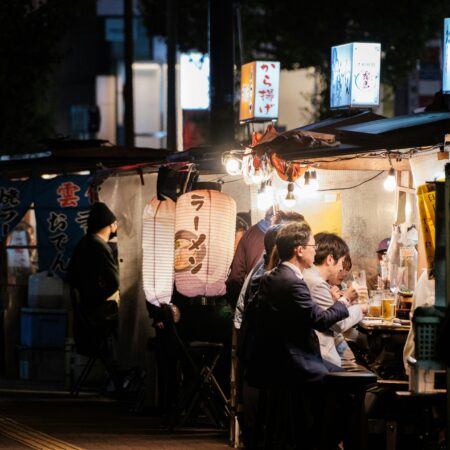
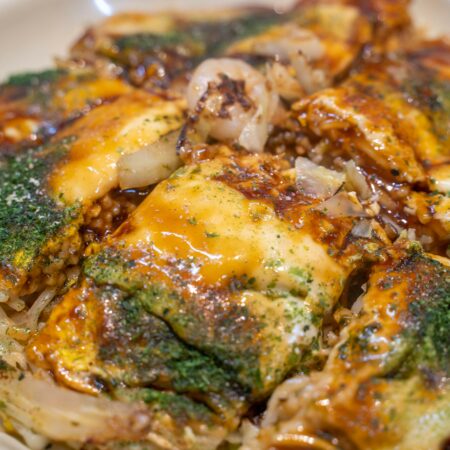



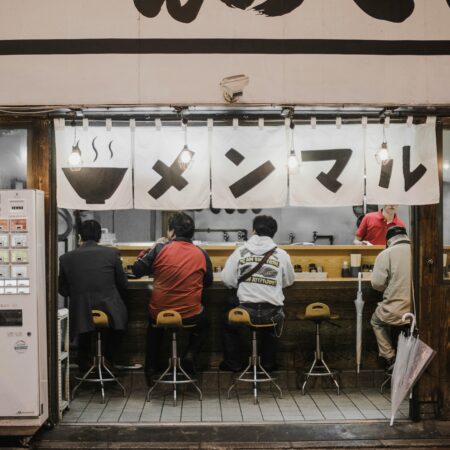
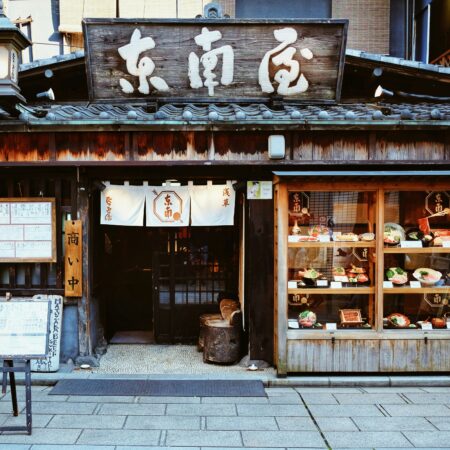
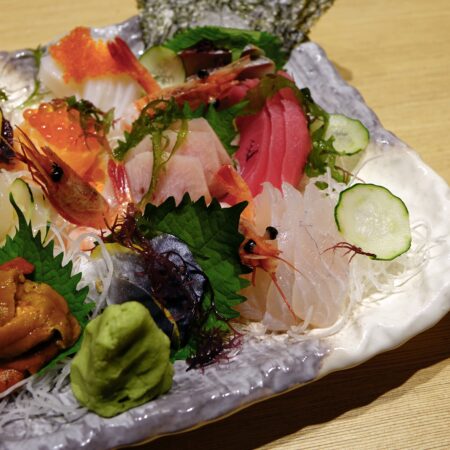
コメント